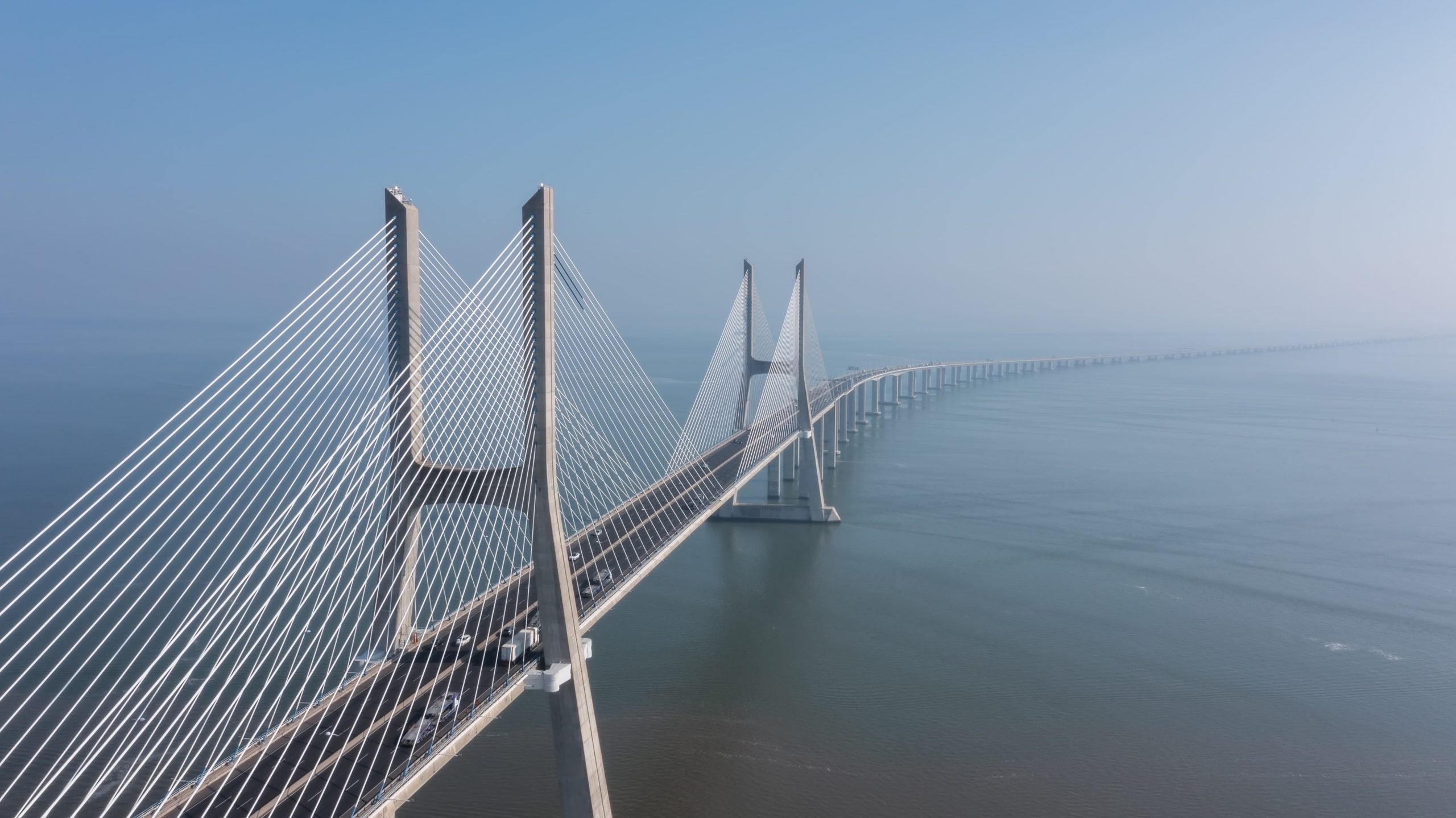
The Vasco da Gama bridge is located near Lisbon and is the second crossing of the Tejo river. Three types of test were done: Ambient vibration test, free vibration test and measurements in the stay cables. The results shown below are based on the ambient vibration test. The equipment used were 6 triaxial GeoSIG seismographs synchronized by a portable PC.
The results presented here were obtained by performing a re-analysis with ARTeMIS Modal Pro of the database created by Professors Alvaro Cunha and Elsa Caetano (Laboratory of Vibrations and Structural Monitoring of the Faculty of Engineering of the University of Porto, Portugal) during the dynamic tests performed on the Vasco da Gama Bridge at the commissioning stage, under contract with Novaponte ACE.
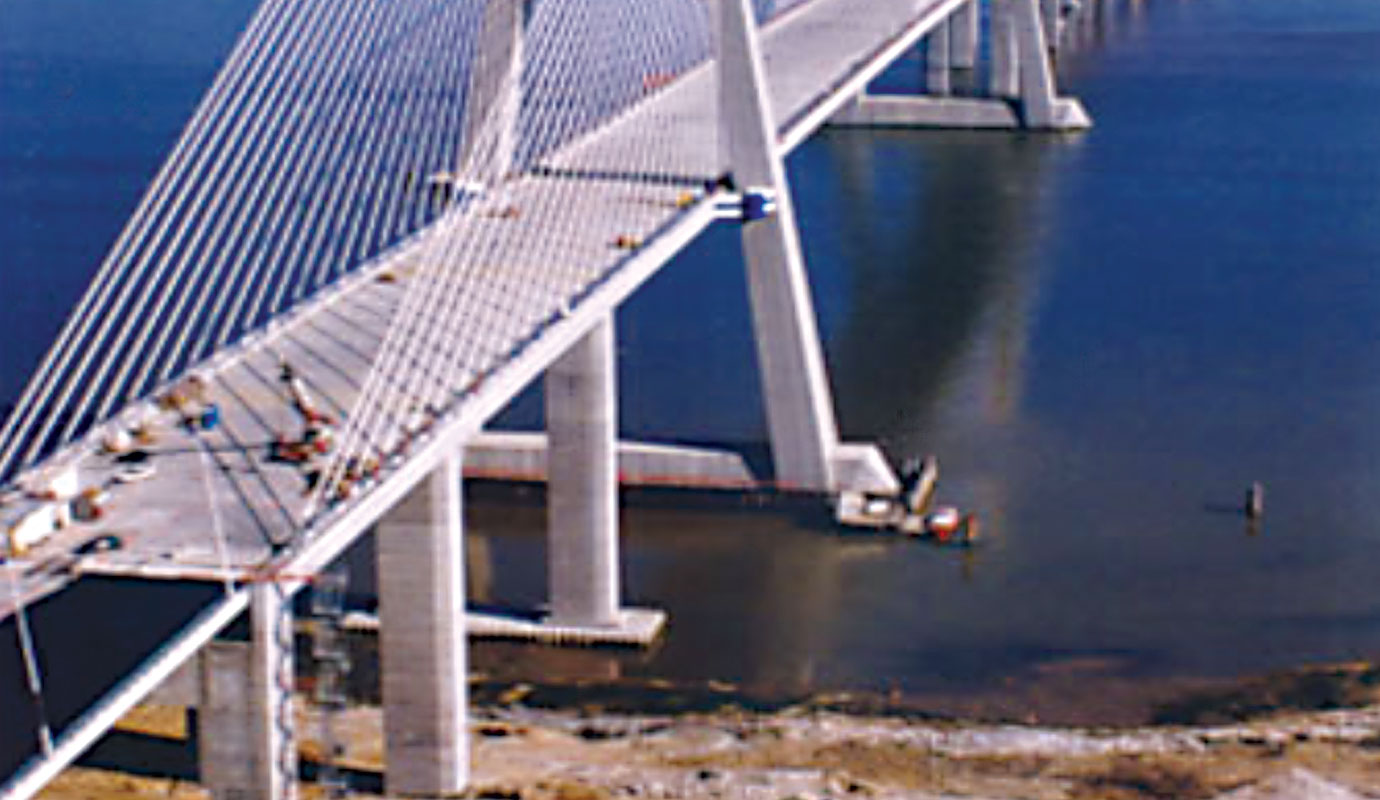


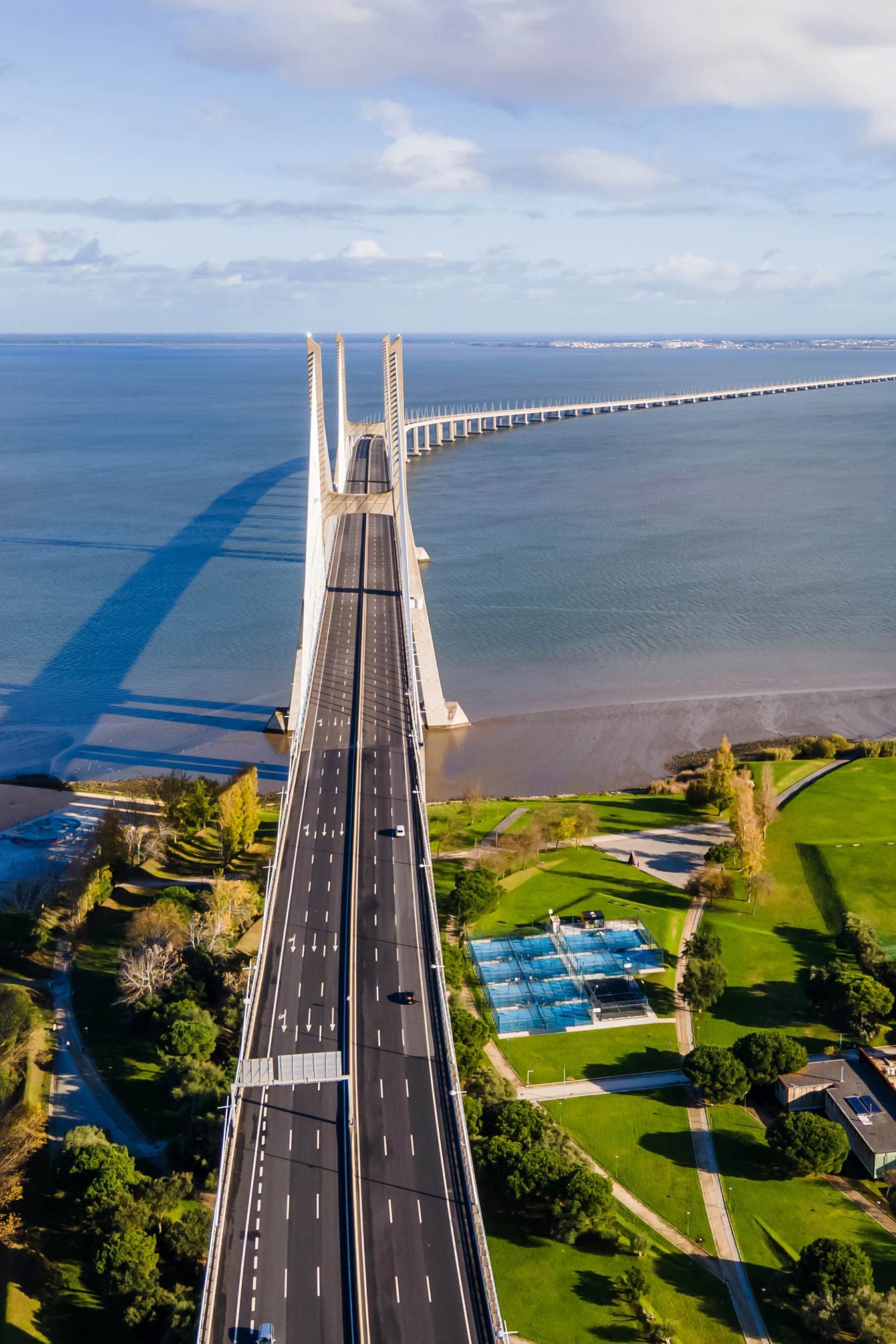
The modal analysis has been performed using the Crystal Clear Stochastic Subspace Identification estimator available in the ARTeMIS Modal Pro version. Below a screen dump show the stabilization diagram obtained from one of the Test Setups. In addition, the Modal Assurance Criterion (MAC) between all the modes is shown, and reveal that the mode shapes a orthogonal.
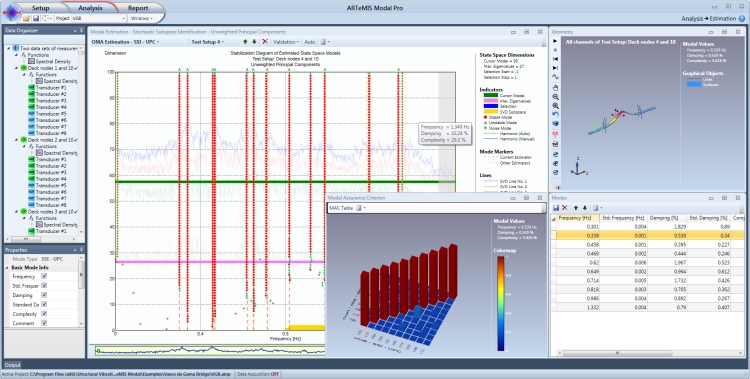
Below the modes are presented. The modes has been estimated with default settings of the Crystal Clear Stochastic Subspace Identification estimator available in the ARTeMIS Modal Pro version.
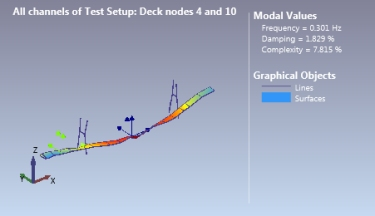
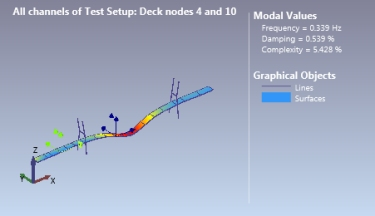
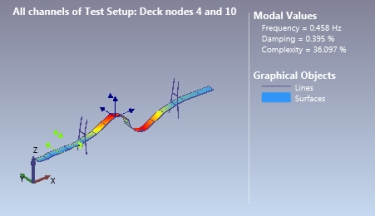
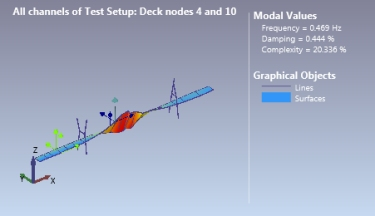
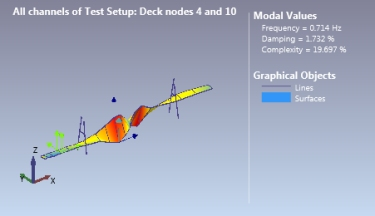
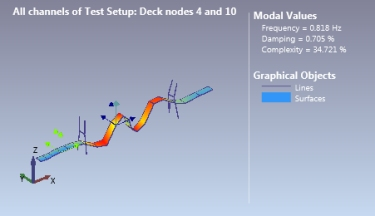
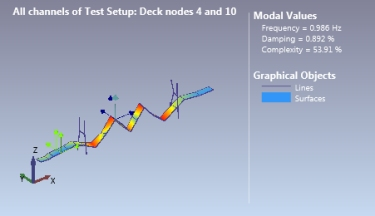
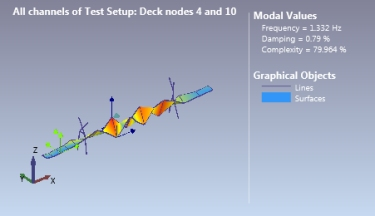
Laboratory of Vibrations and Structural Monitoring of FEUP VIBEST has their own web site at: www.fe.up.pt/vibest. A detailed description of the test they did can be found in the following papers:
Cunha Á., Caetano E. and Delgado, R.
Dynamic Tests on a Large Cable-Stayed Bridge. An Efficient Approach.
Journal of Bridge Engineering, ASCE, Vol. 6, No.1, pp.54-62, 2001.
Cunha Á., Caetano E., Brincker R., Andersen P.
Identification from the Natural Response of Vasco da Gama Bridge
22nd International Modal Analysis Conference (IMAC), Dearborn, Michigan, 2004.
Palle Andersen
Managing Director, Ph.D.
Niels Jernes Vej 10
9220 Aalborg East, Denmark
